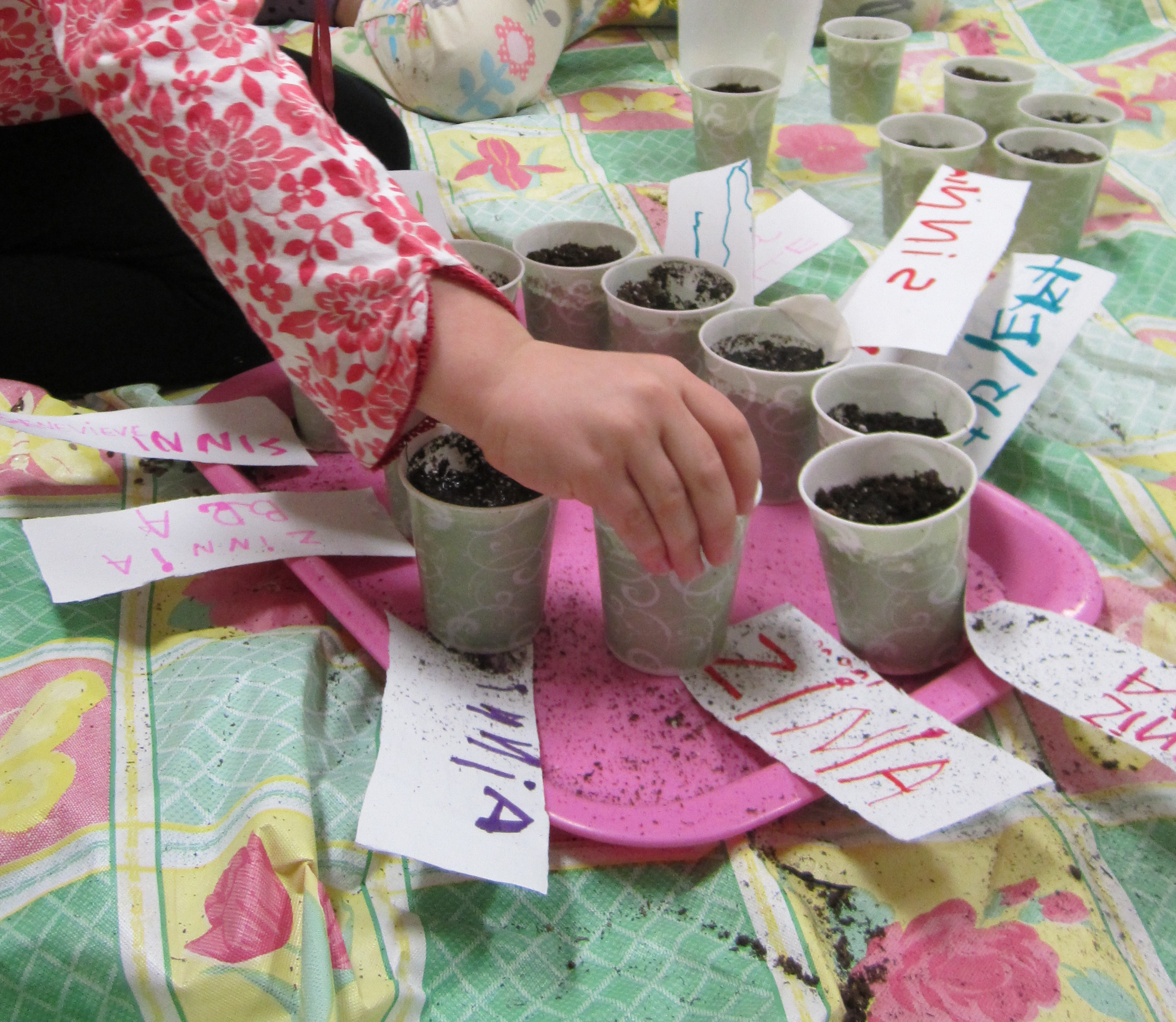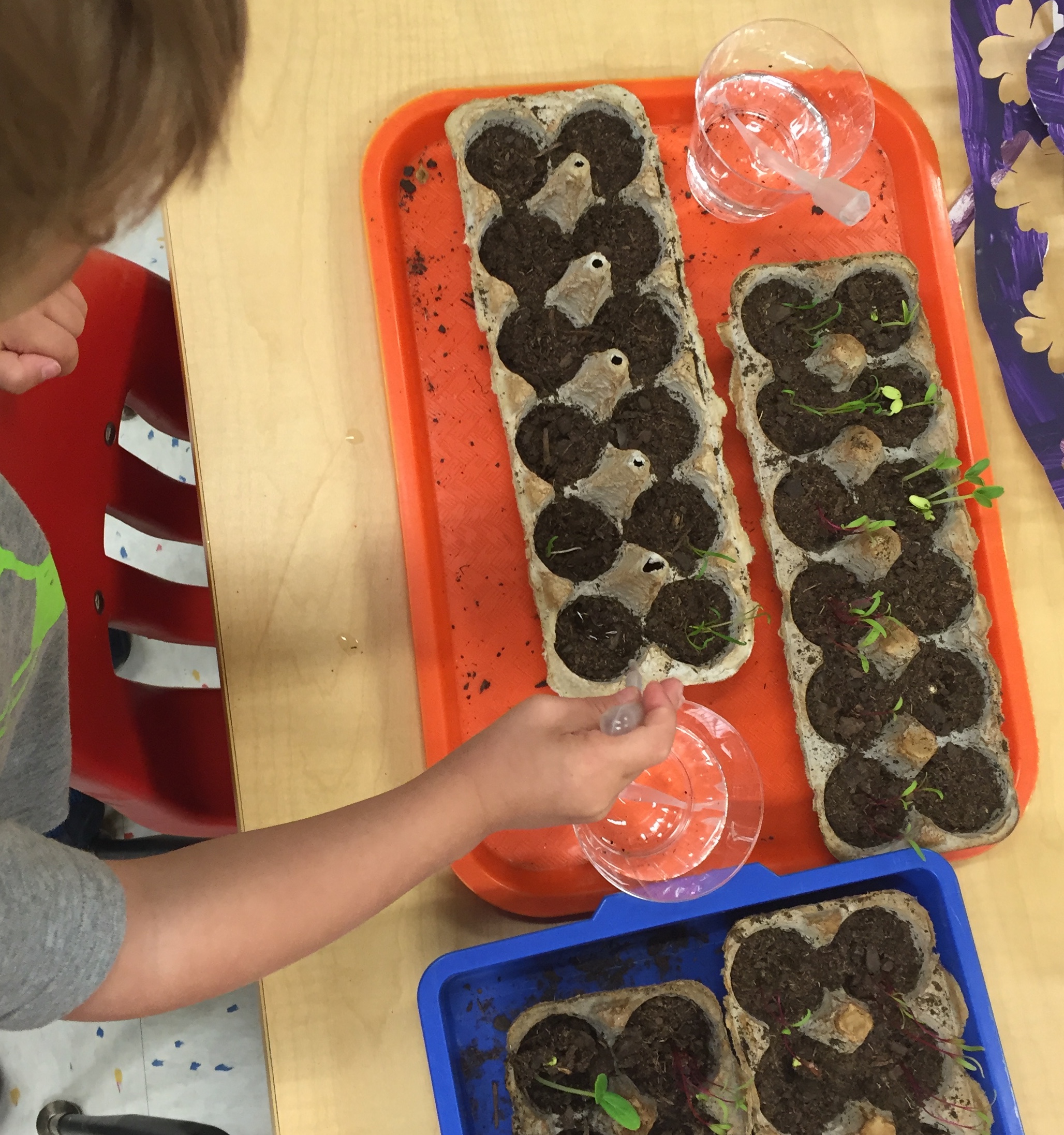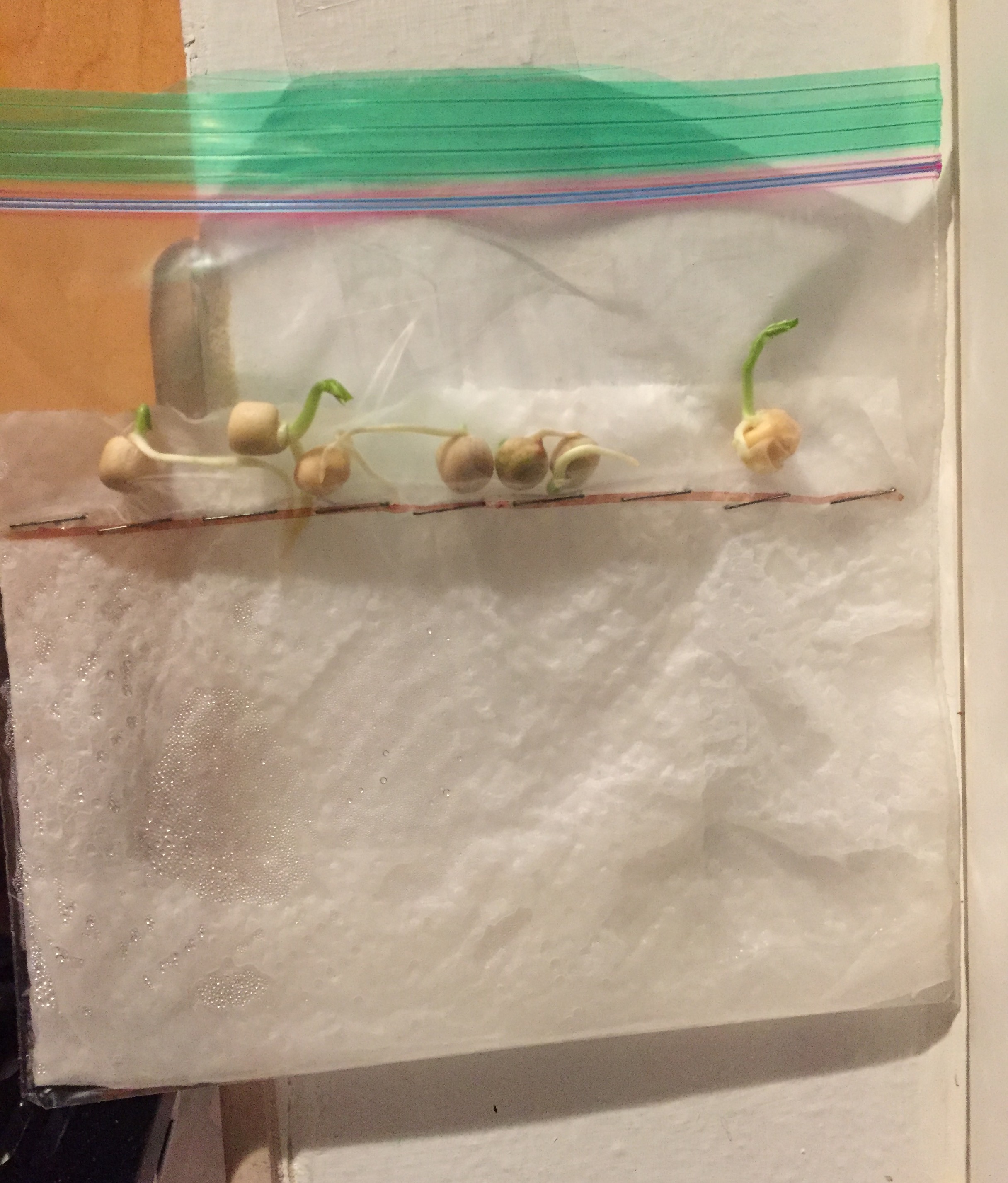Summer seed planting
By Peggy Ashbrook
Posted on 2019-07-07
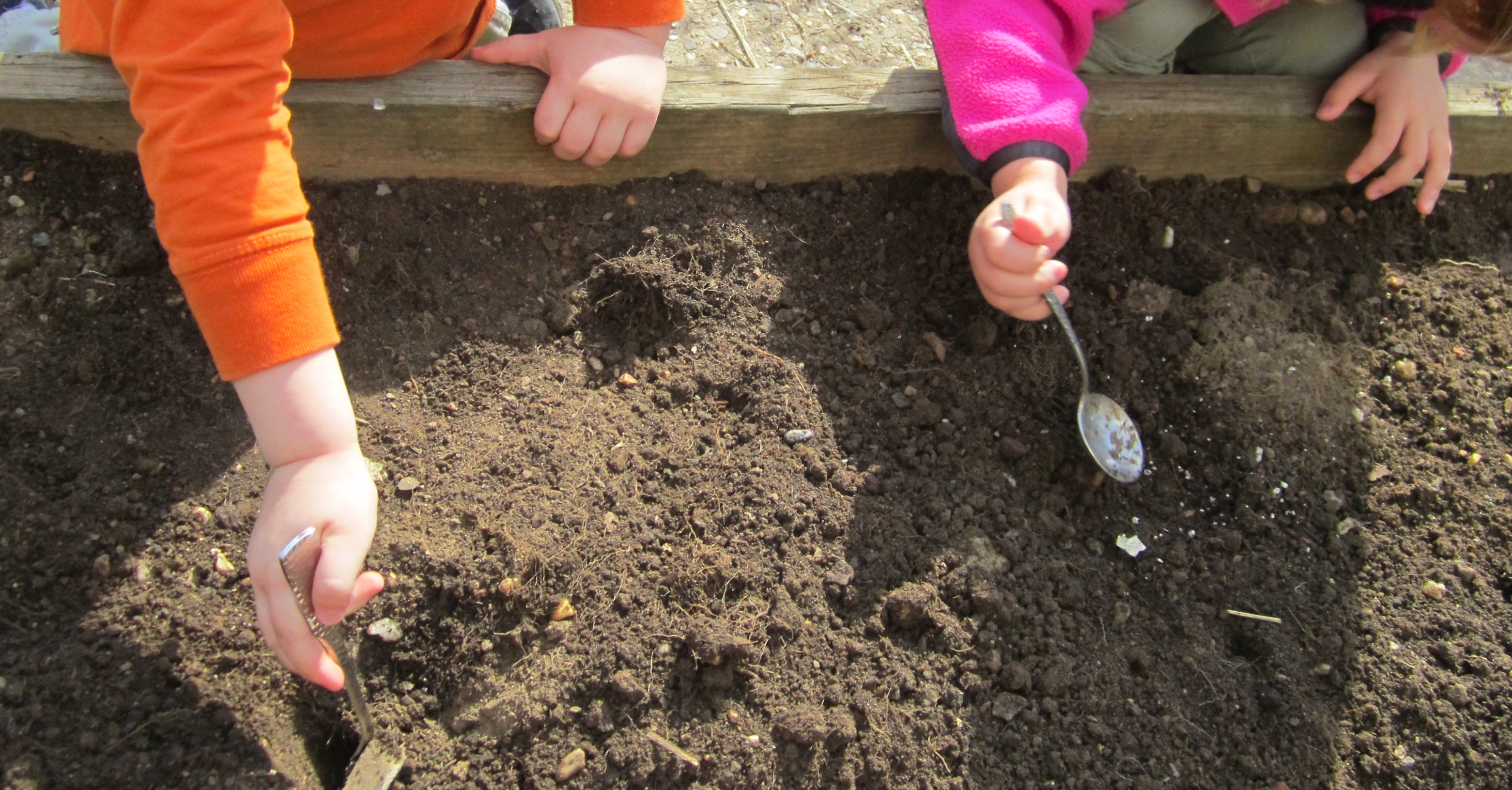
Some plants can be started from seed in the garden in midsummer’s warmest weather and still grow plants that reach maturity before the first killing frost in the fall. With multiple experiences handling and planting seeds children grow their understanding of the function of seeds. “Plants also have different parts (roots, stems, leaves, flowers, fruits) that help them survive, grow, and produce more plants” (NRC, page 144). In the July 2018 Early Years column I wrote about investigating seed sprouting with children to begin learning about plants’ needs for sustaining growth, part of the NGSS Disciplinary Core Idea, LS1.C: Organization for matter and energy flow in organisms.
To learn which seeds to plant outdoors now, ask the families of children attending your program in summer to share their gardening experiences. Other places to find experienced or expert gardeners include the local farmers’ market, the county extension service, Master Gardener program, or a high school National FFA Organization. Consult seed planting calendar guides from local extension services and seed companies and have children help determine which seeds to start in which month in your locality.
Here are a few examples of such resources:
Alabama Cooperative Extension System, Alabama Vegetable Garden Planting Chart. https://www.aces.edu/blog/topics/lawn-garden/planting-guide-for-home-gardening-in-alabama/
Farm Advisor UC Cooperative Extension, Vegetable Garden Planting, Planting Guide for San Diego County by Vincent Lazaneo. https://www.mastergardenerssandiego.org/Vegetable%20Planting%20Guide1.pdf
North Carolina State Extension Table 1. Garden planting calendar for vegetables, fruits, and herbs in Central North Carolina. https://content.ces.ncsu.edu/central-north-carolina-planting-calendar-for-annual-vegetables-fruits-and-herbs
Purdue Extension, Indiana Vegetable Planting Calendar by Michael N. Dana and B. Rosie Lerner. https://ag.purdue.edu/hla/pubs/HO/HO-186.pdf
Planting seeds in containers indoors makes it easy to view the sprouting process and tiny seedling structures. If seedlings get enough light from the sun, or from “grow lights,” they may be strong enough to transplant into the garden.
Children can help plan if they have time and experiences to understand the needs of plants.
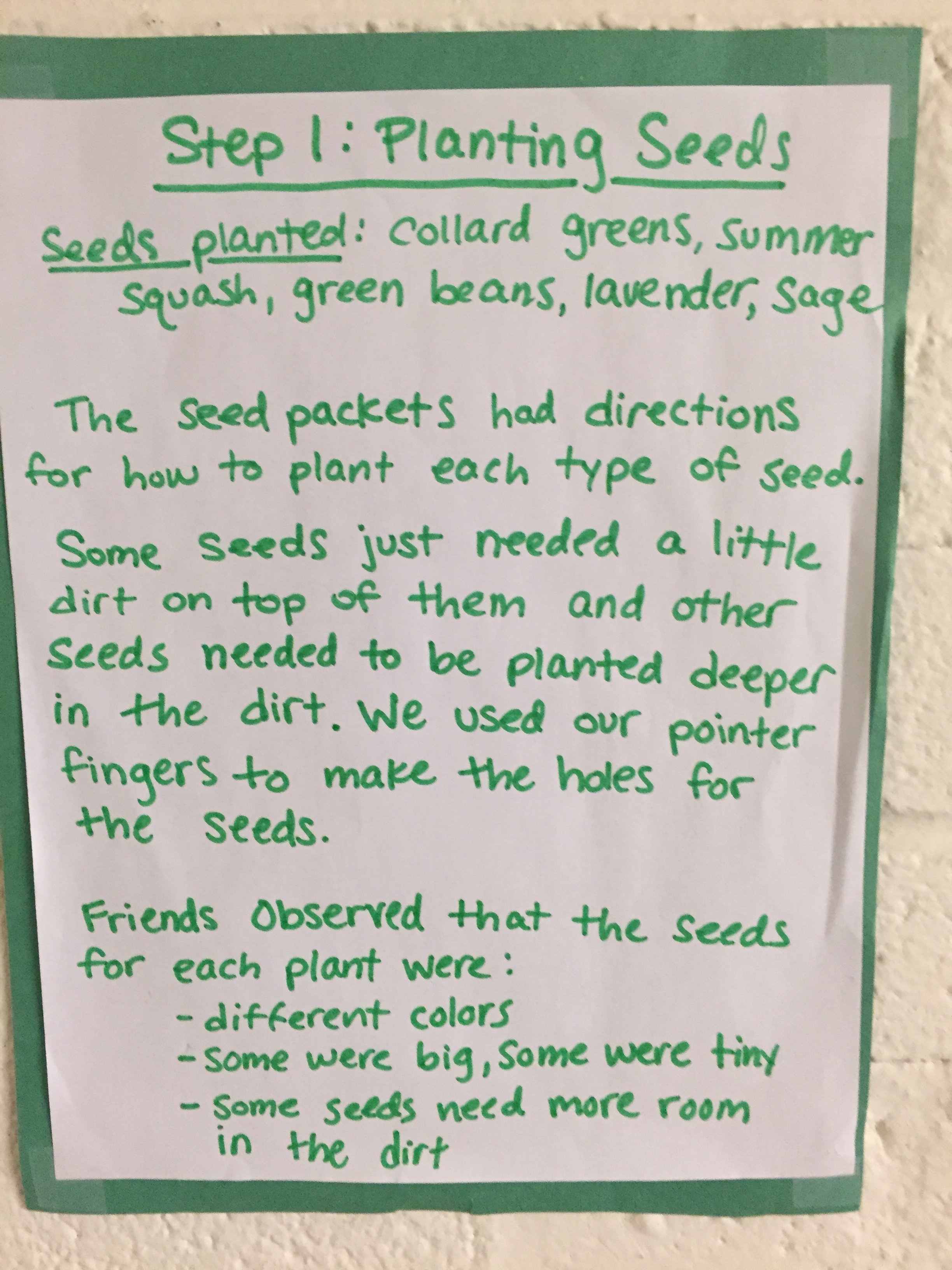
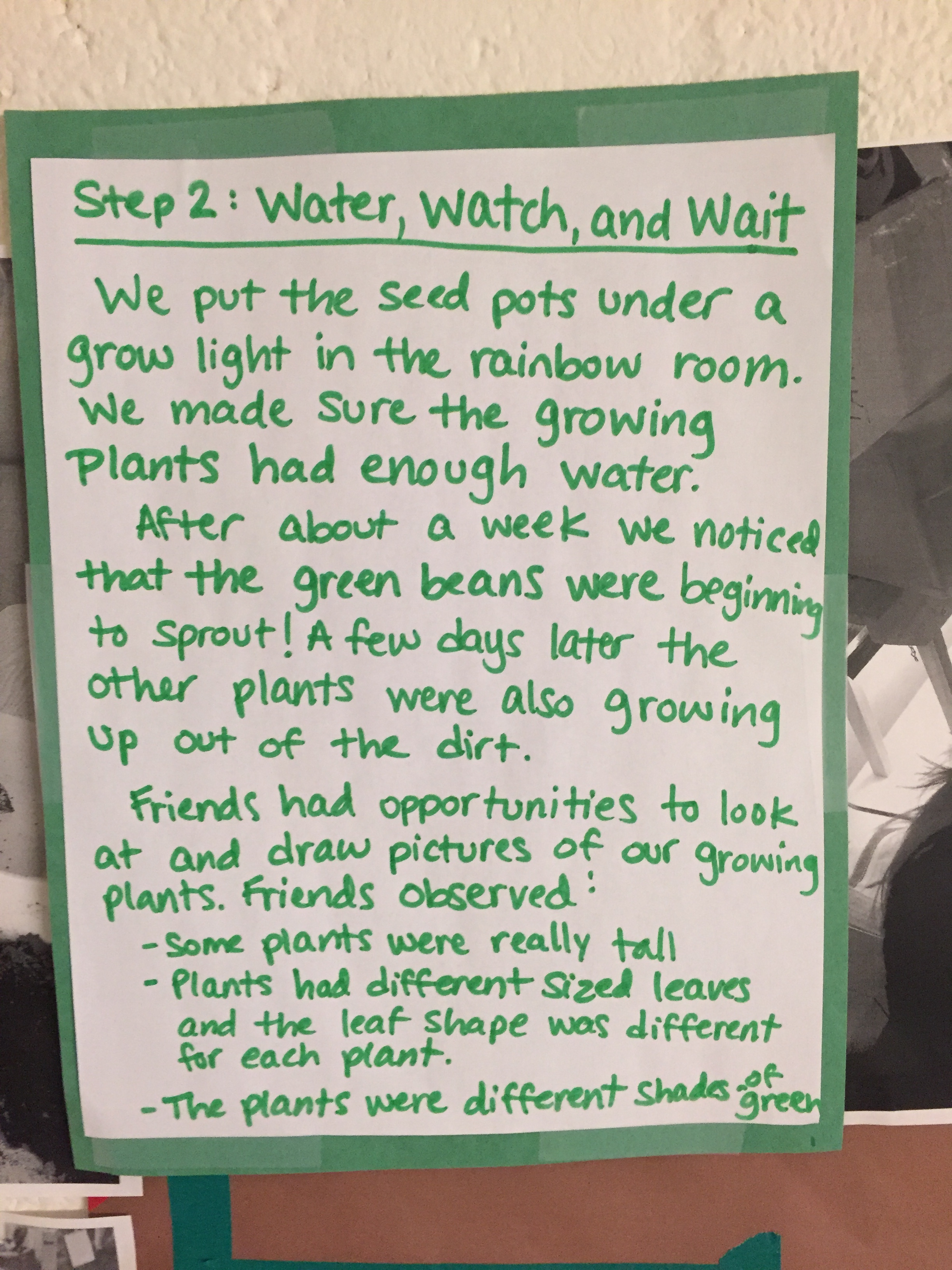
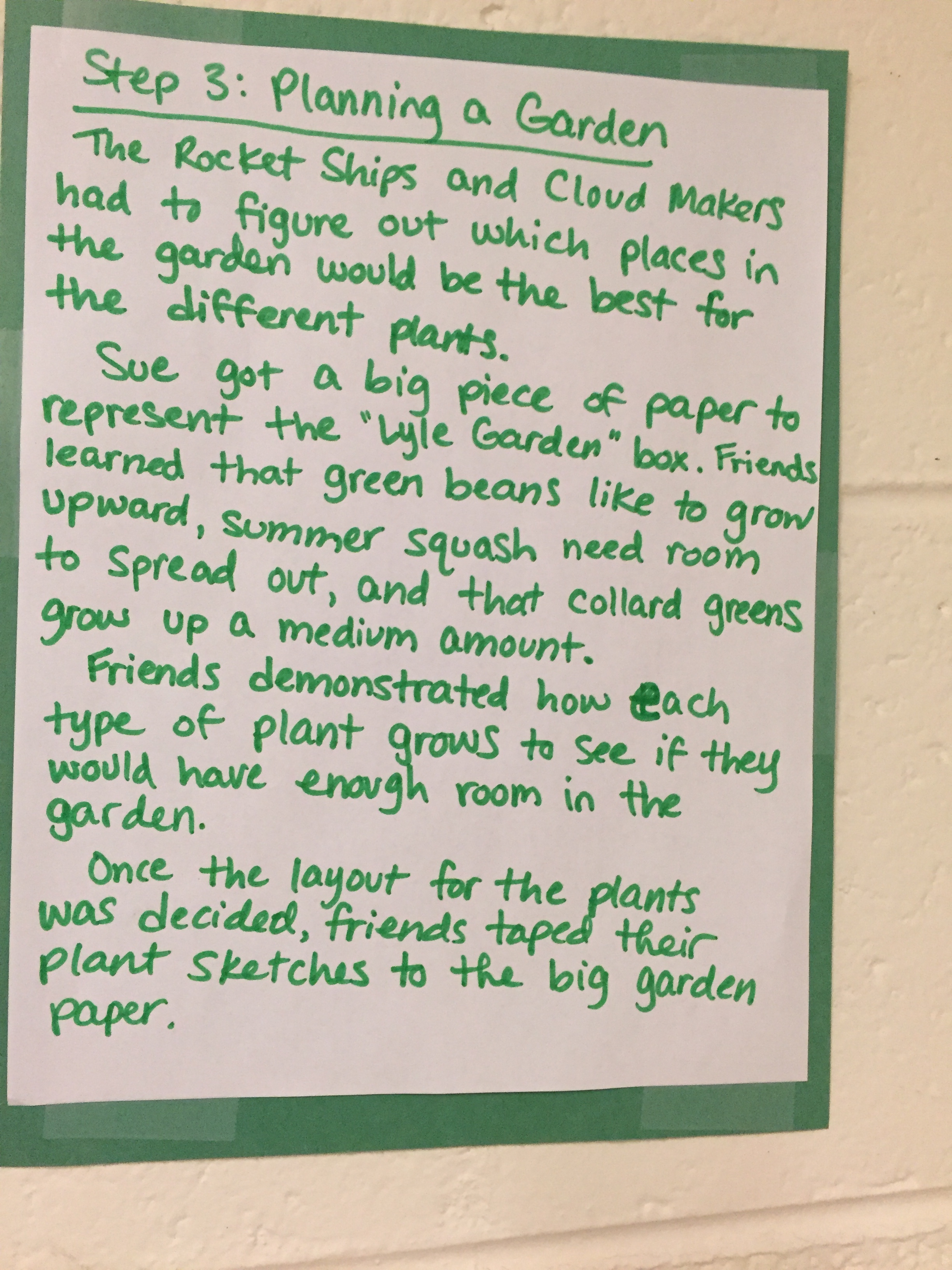
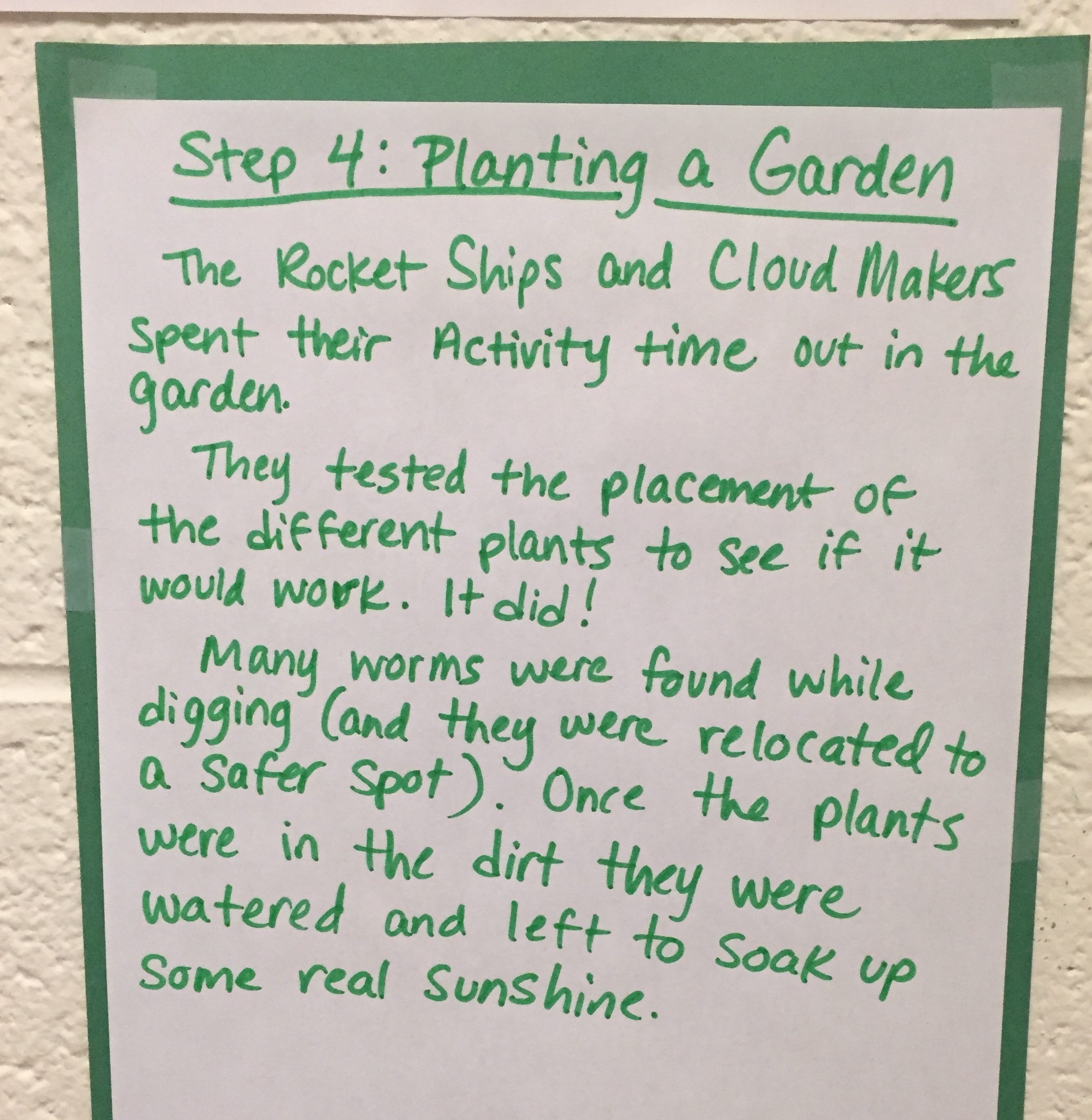
Garden planning steps documented by teacher Sue Nellor
With the average first killing frost in mind, I’m planning to plant bush bean seeds in the soil in mid August, and put in some collard seedlings to overwinter. The beans take from 50-60 days to maturity—enough time for children in a year-round program to plant, tend, harvest, and taste their own produce. Hopefully the collards will host the eggs of Cabbage white butterflies (Pieris rapae), and when they hatch, feed the larvae, providing an observational experience for children next spring. See the April 2007 Early Years column (free for non-members!) for more on the relationship between Pieris rapae and plants of the Cruciferae (Brassicaceae) family.
Disclaimer: The views expressed in this blog post are those of the author(s) and do not necessarily reflect the official position of the National Science Teaching Association (NSTA).




